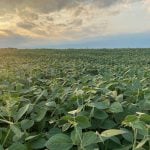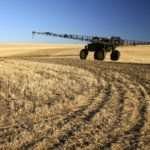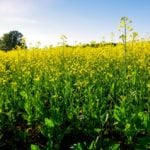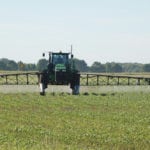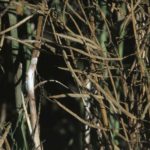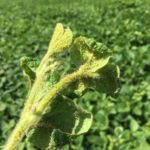A deal to make Brandt Tractor the exclusive dealer for Topcon geopositioning equipment clear across Canada has been resuscitated. Regina-based Brandt announced Tuesday it has closed its previously-announced deal to buy the assets of GeoShack Canada — two weeks after Dallas-based GeoShack declared that “a mutually beneficial deal… has not been attained.” GeoShack has been
